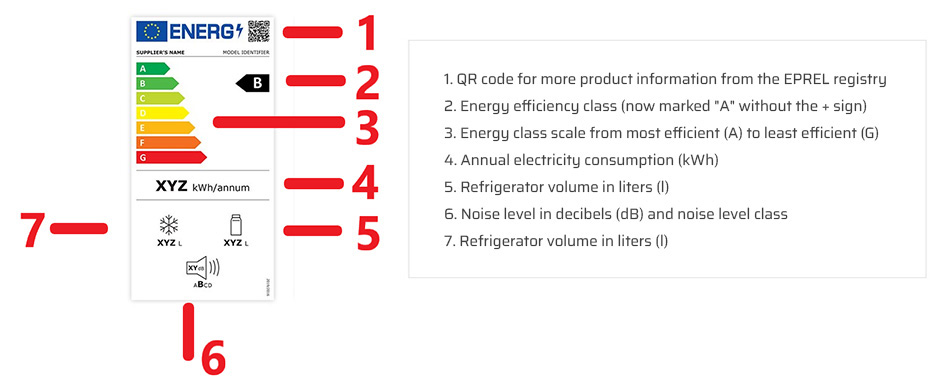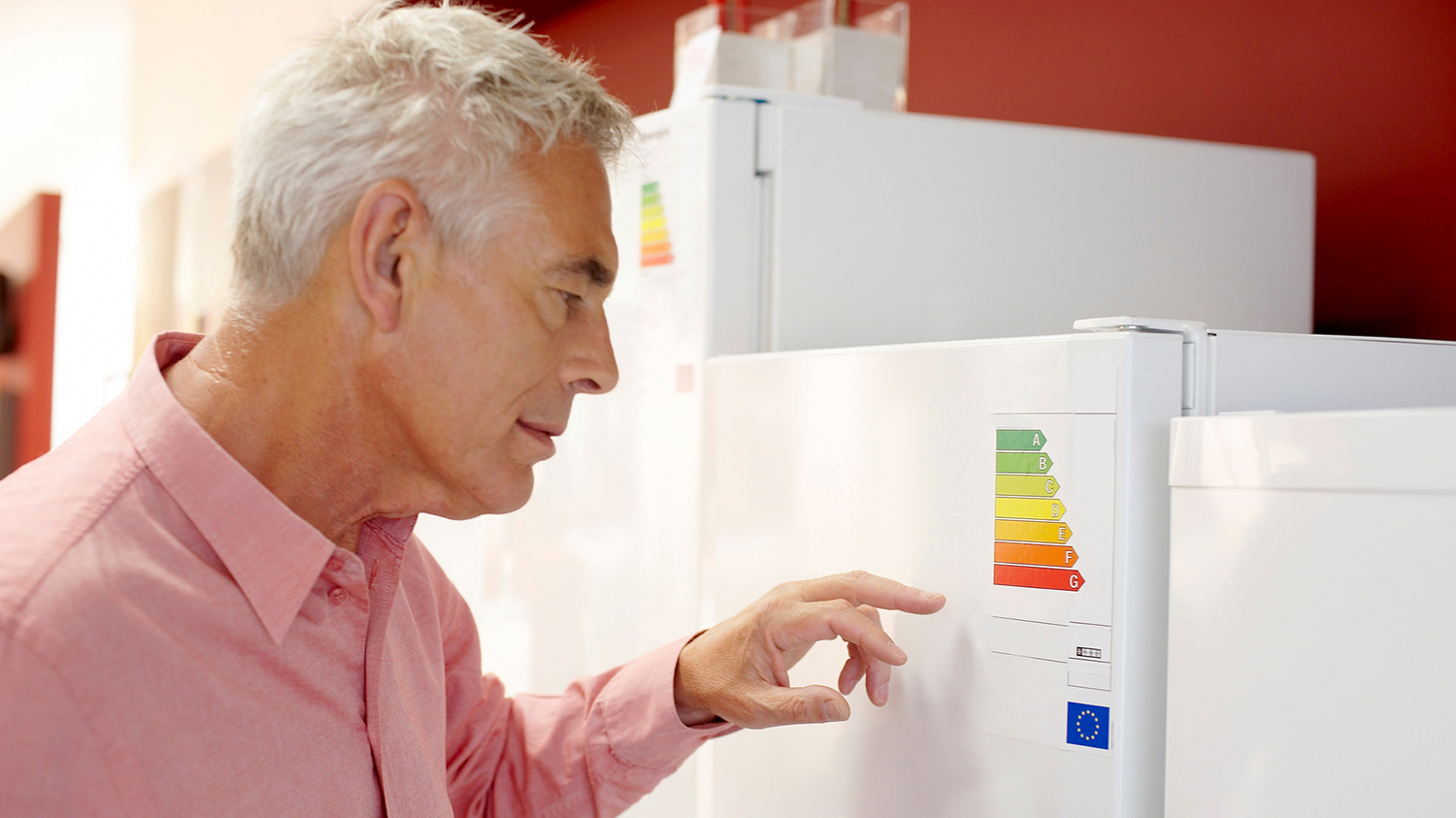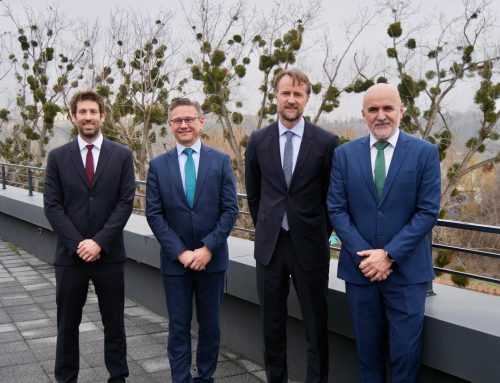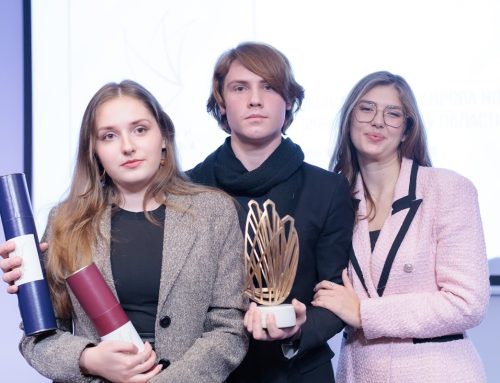The use of energy-efficient appliances in the household, together with improved insulation, new windows and doors, leads to significant energy savings and cost reductions.
New energy labelling of home appliances will start in Serbia soon, in accordance with the one that has been in force in the European Union since 1 March this year. Appliances from the EU with a new energy label will probably be on the Serbian market even before the regulations come into force.
“The consumer should know what the energy labels on the devices mean. Devices that do not have an energy label cannot be on the market. It is important to make sure that the information on the label is correct. There are no laboratories in Serbia that verify whether air conditioners are really in the energy class stated on them. The project aims to improve the capacity of laboratories in Serbia in order to examine the energy characteristics of products and to have a guarantee of compliance with all applicable regulations”, says Dr Mirko Đapić from the project titled EU for Energy Labelling and Ecodesign of Products
In addition to the label for the energy class of the product, the new labels on home appliances (registered in the EU registry) have a QR code in the upper right corner, enabling citizens to find out more information about the product from the official European Product Registry for Energy Labels – EPREL. Products on the Serbian market must meet the labelling requirements in force in the Republic of Serbia, but do not necessarily have to be registered in the EPREL registry.
The label on refrigerators and freezers

Compared to the old labels, in addition to the new energy efficiency classes, this label contains a different pictogram for refrigerator and freezer volume (picture with a bottle and a snowflake), and a different pictogram (picture with a speaker) for noise level, as well as a new label for noise level class.
According to the data of the Statistical Office of the Republic of Serbia, households have the largest share in the total energy consumption in Serbia – 35 per cent. The share in total energy consumption of the public-commercial sector is about 10 per cent, the share of industry and transport sectors is 26 and 27.5 per cent respectively, and the remaining energy is consumed by agriculture.
The majority of Serbian citizens (68 per cent) believe that their engagement can contribute little to energy efficiency, while only a quarter of them believe that their household can greatly contribute to energy efficiency, according to a survey of shopping habits and knowledge of energy-efficient devices of Serbian citizens. conducted earlier this year for the needs of the project.
In the Republic of Serbia, energy consumption is 4 to 5 times higher than in the countries of the European Union, i.e. its old members, and 2 to 3 times higher than in neighbouring countries that have recently joined the EU, which indicates the need to improve energy efficiency in Serbia.
Description of energy labels for other household appliances can be downloaded here.
The support of the European Union to the energy sector of Serbia has amounted to more than EUR 830 million since 2000. The energy sector is in the focus of the EU because it has a great impact on all other sectors of society. The EU projects in the energy sector lower the dependence on fossil fuels, increase usage of renewable energy sources and increase energy efficiency.




